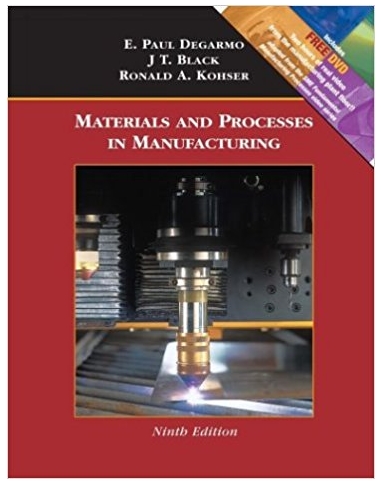L-keys, such as the one shown in the figure below, are commonly used to insert screws and bolts in medical implants. This insertion process

L-keys, such as the one shown in the figure below, are commonly used to insert screws and bolts in medical implants. This insertion process can be simplified into the loading scenario shown in the figure, where a rotational torque of 400 N-mm forces is applied and a 5 N/mm distributed load is applied to the top of the key (along the 32 mm length). For this quiz question, we can assume that the key has a long-leg length of 89 mm, a short-leg length of 32 mm, and that the hexagonal cross-section can be approximated as a 6 mm diameter circle. We also assume that the interface between the key and the body can be treated as a fixed support. 1. (5 pts) Draw a free-body diagram describing the problem. Clearly label/identify all unknown forces and moments and indicate their directions. (5 pts) Calculate the reaction forces and moments at the support. (10 pts) Determine the state of stress at point A. Write your final result as the 3 by 3 stress tensor (matrix). 2. 3. 5 N/mm Z 400 Nmm N 32 mm y 89 mm
Step by Step Solution
There are 3 Steps involved in it
Step: 1

See step-by-step solutions with expert insights and AI powered tools for academic success
Step: 2

Step: 3

Ace Your Homework with AI
Get the answers you need in no time with our AI-driven, step-by-step assistance
Get Started


